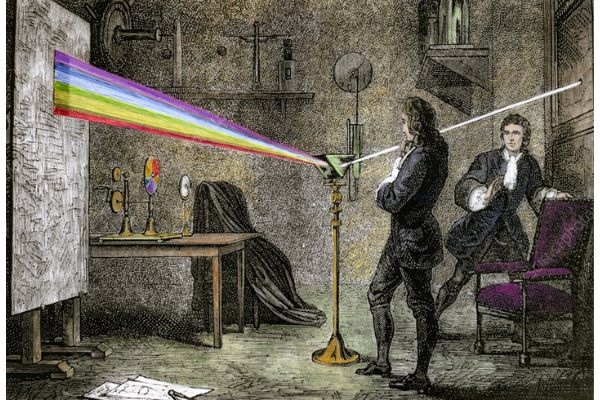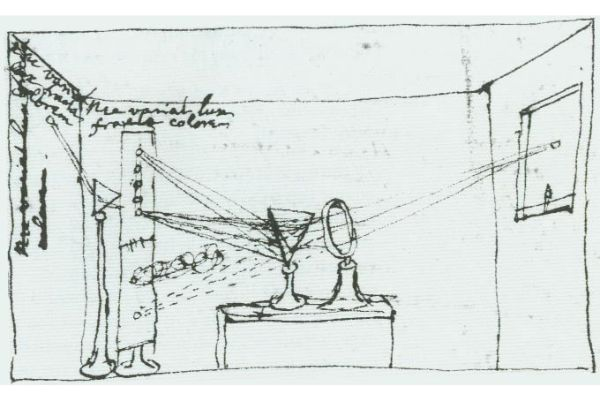He Did Groundbreaking Work In Optics
Newton made his first contribution to optics in 1666 when he realized that color was a characteristic of light by measuring it through a prism. He explored light refraction while giving lectures on optics at the University of Cambridge in the late 1660s and early 1670s. He showed how a lens and a second prism could separate the prism's multicolored spectrum into white light. Famously, Isaac Newton discovered that white light is a combination of hues that can be dispersed into individual colors using a prism. He also demonstrated how a lens and a second prism could separate the prism's multicolored spectrum into white light. By demonstrating that light is complicated and heterogeneous, Newton was able to refute the notion that it is simple and homogeneous at the time. Since then, physical optics has been built on the heterogeneity of light.
Additionally, he came to the conclusion that the dispersion of light into colors would damage any refracting telescope's lens (chromatic aberration). He built a telescope with a mirror as the objective to get around that issue as evidence of the theory. This was the earliest functioning reflecting telescope that is known to have existed; its style is today referred to be a Newtonian telescope.
His discovery of the elements that make up white light in optics allowed for the integration of color phenomena into the study of light and created the groundwork for contemporary physical optics. His three laws of motion, which are the cornerstones of contemporary physics, led to the creation of the law of universal gravitation in mechanics. This is the major accomplishment of Isaac Newton.











